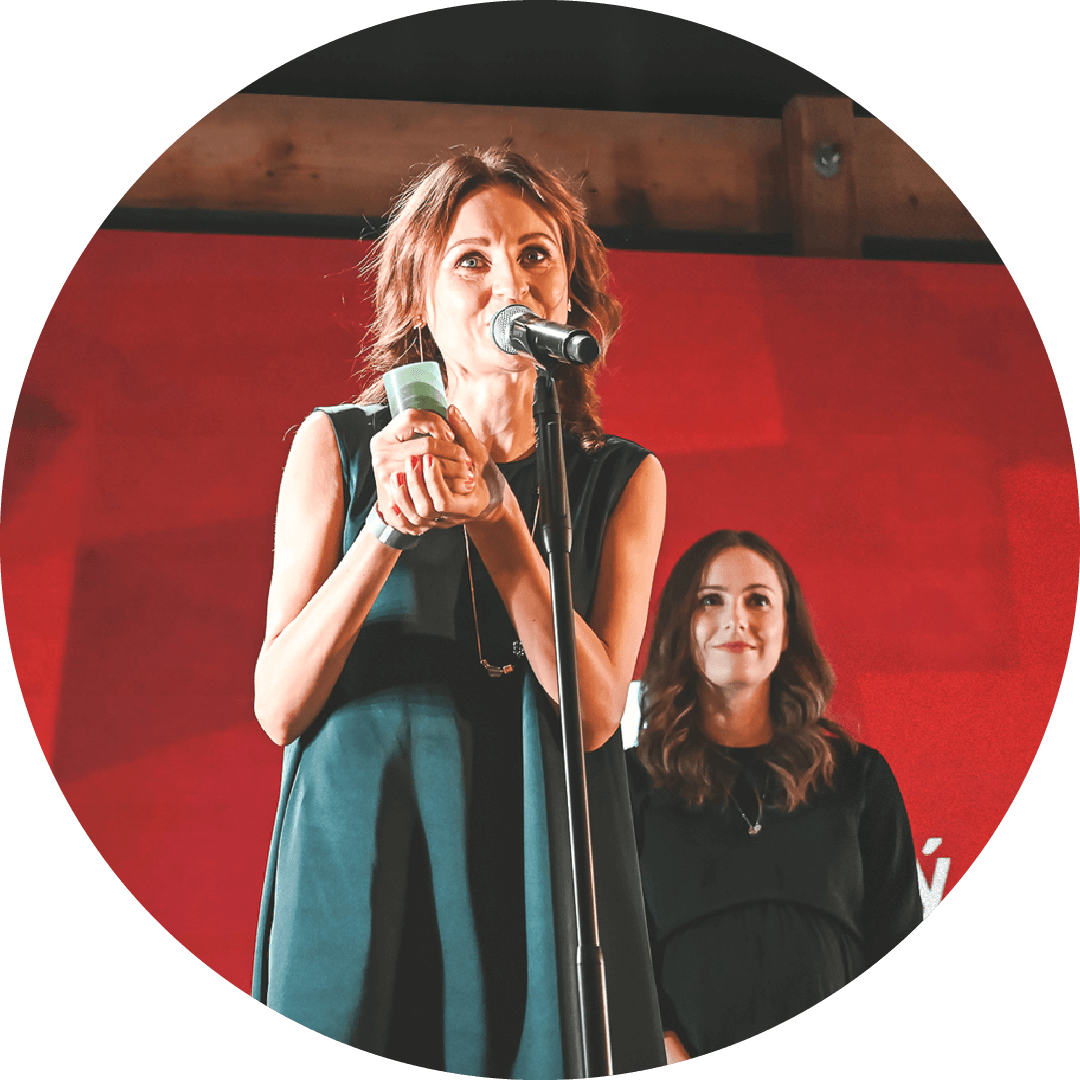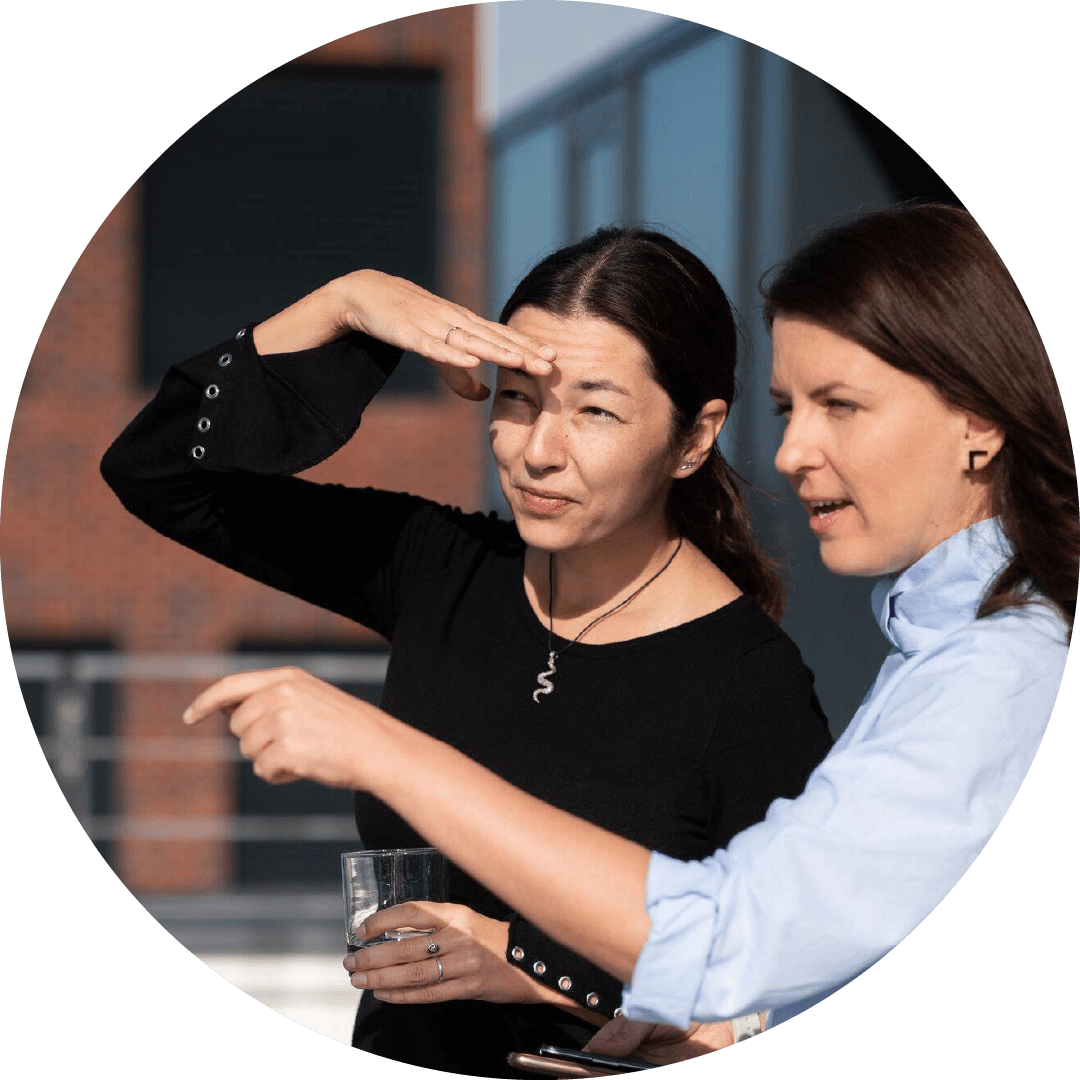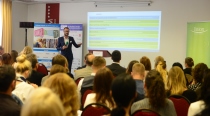Green and Healthy. That Is What Our Offices Should Be Like
Read the conclusions from a seminar on how the work environment influences employees and their performance.

Most people spend 90% of their time indoors, and a considerable amount of this time is spent working. Despite this, very few people are interested in what qualities our offices possess. In reality, people often work in overcrowded and plainly equipped open plan offices which do not offer their occupants sufficient comfort for work and often have problems with the quality of the indoor environment. Did you know that the air inside buildings is oftentimes more polluted that outdoors and responsible for half of our ailments?
Experts’ findings are alarming
According to the Human Spaces Report: Biophilic Design in the Workplace, which looked into the work environment of 3,600 employees from 8 EMEA countries, 55% of office workers had no live plants in the office, 42% of employees had no natural light, 22% did not have a quiet place to work in when at the office, 20% missed a view of water, 18% of office workers would welcome more live plants in the office, and 15% would like brighter colours.
In addition, an Aon Hewitt study found out that as many as 63% of respondents come home tired and exhausted.
According to a Forbes survey, more than a third of employees (36%) would give up a part of their income to feel happier at work and work in a more pleasant environment. This is also the experience of Marek Vrbovský, the director of the Asset Management and Developer Services division in Colliers International, a global leader in commercial real estate services (presentation pdf).
What then should a healthy office be like?
Are green buildings a solution to these problems and requirements? Answers to this question were sought in seminars entitled Green Business Breakfast:The Effects of a Healthier Work Environment on Employees and Their Performance, which were held on 27 September 2016 in Bratislava and on 28 September 2016 in Košice.
The good news is that companies have a lot of information on what they could improve. They, however, need better communication and cooperation of facility managers, human resources departments, and finance managers. The Business Leaders Forum, an association of responsible companies at Pontis Foundation, together with the Slovak Council for Green Buildings and corporate partners AON, CRH (Slovensko), Multisport and Union zdravotná poisťovňa, therefore, on the occasion of the World Green Building Week, organized an event which brought together the experience of developers, facility managers, and HR specialists.
“The LEED or BREEAM certification of green offices is an important indicator of the energy efficiency of a building and the quality of the used materials, but it doesn’t automatically mean that such offices offer a healthier and more productive work environment. More factors other than energy efficiency have to be considered. It is more important if the offices are sustainable and if they meet its occupants’ requirements. Such complex metrics is involved, for example, in the WELL Building Standard,” saidChris Pottage, Sustainable and Healthy Buildings Officer of the UK operation of Skanska, at the seminar. “The WELL rating system focuses on the end users of buildings, their health and well-being, and follows seven basic parameters such as air, water, nutrition, light, fitness, comfort, and mind,” he added.
In his work Chris particularly inquires into the link between the quality of office environment and employees’ health. Focus on these can bring companies much higher savings than focus on energy savings. Labour costs, including salaries and benefits, usually constitute up to 90% of a company’s operating costs, compared to 1% that companies expend on energies and 9% that they spend on rent. Even minimum improvements in employees’ health and well-being can thus have enormous financial benefits for employers (for example, a lower staff turnover, lower absenteeism rates, higher motivation and productivity).
Chris also contributed to a study published by the World Council for Green Buildings in September 2014, Health, Wellbeing & Productivity in Offices: The Next Chapter for Green Building. The study explored the impact of the design and comfort of offices on people’s physical and mental health and performance. The study revealed that a healthy office must be a space with fresh air, visual comfort, and appropriate temperature, where people are not disturbed by smells, harmful substances, and noise (presentation pdf).
The study’s conclusions are available HERE.
It is not only about a project, but also about its implementation
Richard Teichmann (presentation pdf), a managing partner in Bischoff & Compagnons, a company which has authored so far the greenest building in Slovakia – EcoPoint Office Centre in Košice, and Marek Kremeň (presentation pdf), the executive director of EXERGY Studios, agreed that the construction of genuinely green and healthy buildings requires integrated planning. It entails developers and architects cooperating with facility managers, consultants, and end users from the beginning of an investment plan. Apart from this, the EXERGY company offers businesses the possibility to check the quality of their offices by measuring temperature and light comfort, natural and artificial light, as well as the quality of interior lighting.
New technologies and construction procedures which could contribute to employees’ temperature comfort were introduced by Igor Maco (presentation pdf) from the Rehau company. He sees a significant potential in heating up the concrete core of a building. The company’s office reconstruction projects focus on the supply of fresh air.
A good-bye to grey offices
The role of natural elements in offices was addressed by Katarína Janková (presentation prezi) from NATURAL SOLUTIONS, a producer of moss walls and pictures based in Malacky. “The main psychological benefits of the presence of natural elements in the interior include stress reduction, improved attention and concentration, overall happiness and satisfaction,” said Janková.
Benefits for healthy employees
Alica Kolárová (presentation pdf) from Aon Risk Solutions, Nora Čechmánková, Ján Beťko and Pavol Chovan (presentation pdf) from Union zdravotná poisťovňa, and Juraj Kosáč (presentation pdf) from MultiSport made presentations about how HR departments can set benefit schemes and employee programs to support employees’ health. In their experience, many companies are interested in the link between employees’ health and productivity, but their activities are often limited by available resources, and only few companies measure the actual impact of their programs. However, due to the population’s aging and young people’s unhealthy lifestyles, each company’s budget should include investments in employees’ health. Experience shows that such programs can reduce a company’s costs by 10–15% as an employee’s absence costs the company approximately 700 euros.
A particular case study was presented by Miroslava Remenárová (presentation pdf), Corporate Relations Manager for CRH (Slovensko). The benefits the company offers take into account the character of employees’ job positions (85% work in production and 15% in administration) and age (37% of employees are older than 45). Every three years the employees and their family members can take advantage of week-long wellness retreats. In addition, the company has developed a new interesting application which is intended to contribute to improving workplace safety and health protection. Office workers are given the possibility of active involvement in the furnishing of offices.






